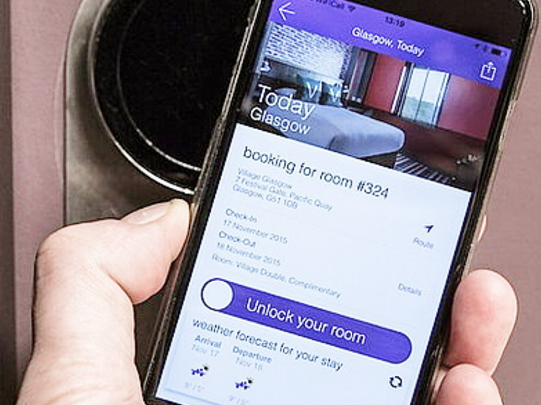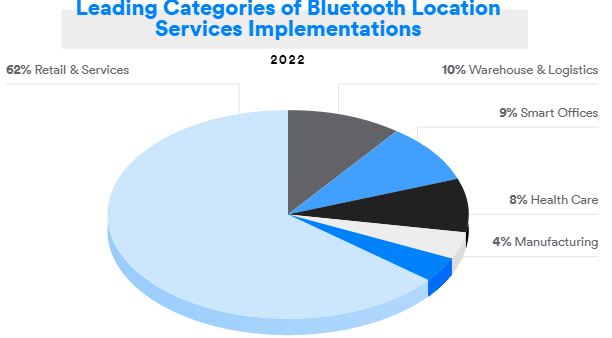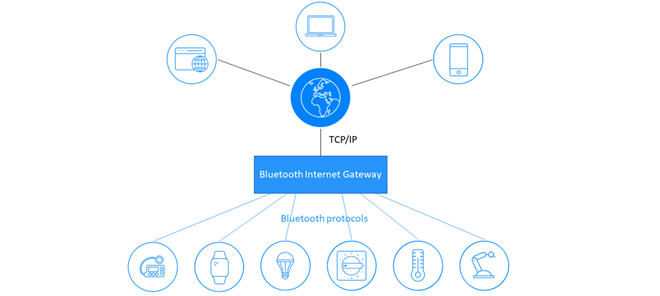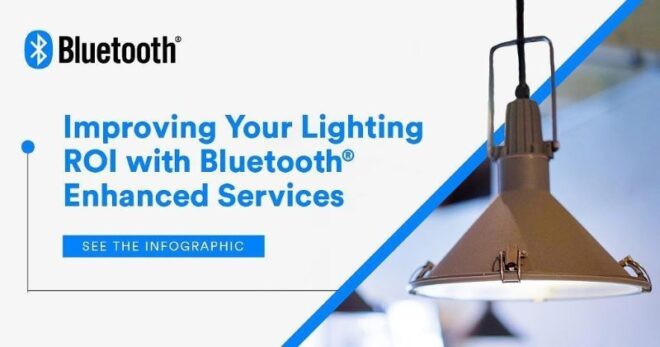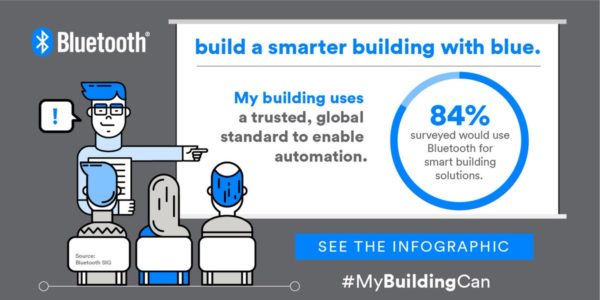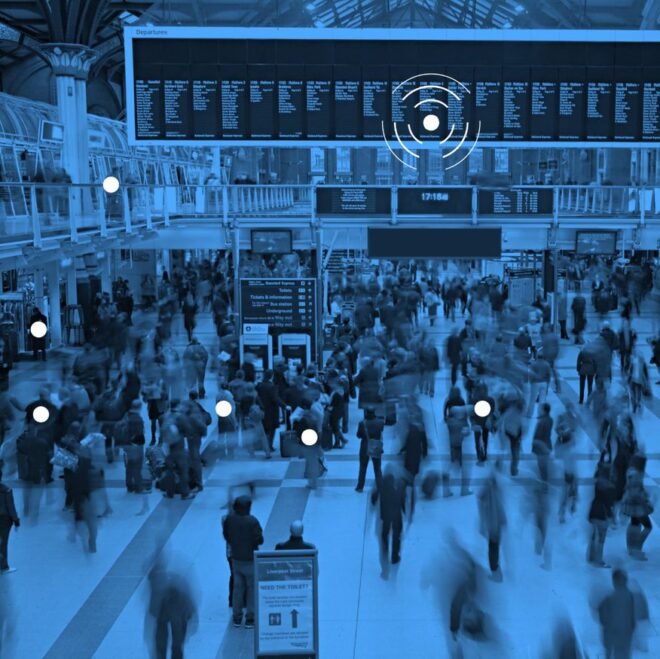More than 200 million 911 calls are made in the USA every year. 80% of those calls are placed wirelessly with a significant number of those originating from indoors. The National Emergency Address Database was created to improve location information, utilizing Bluetooth® beacons to get first responders to victims in time.
A Better Way to Save Lives
Reducing the response time of emergency personnel is critical to saving lives. In his presentation, Bluetooth for Public Safety – How Innovation in the Wireless Industry is Improving 911 Location Accuracy, Steve Statler, Head of Ecosystem Adoption for the National Emergency Address Database, stresses the importance of sending first responders, not only to the right address but, in the case of a multi-story hotel, to the right room or floor.
By using a combination of Wi-Fi access points and Bluetooth® Low Energy Beacons, the National Emergency Address Database can provide emergency responders with reference points mapped to a street address as well as additional information (floor, suite, terminal, gate, etc.) to help responders better locate the caller. The new Bluetooth Direction Finding feature, released earlier this year, has the potential to provide even greater location services accuracy and therefore expediency to a first responder’s search for people in an emergency.
According to Statler, companies that choose to share the metadata of their beacon locations with the National Emergency Address Database will not only help save lives in an emergency, but will also add further value to their products, whether it’s a beacon, lighting system, or exit sign equipped with a Bluetooth radio.
Watch the video above to find out how this project began and how the rest of the location services ecosystem can get involved.
![]()
FEATURED DOWNLOAD
Enhancing Bluetooth Location Services with Direction Finding
A new Bluetooth direction finding feature allows devices to determine the direction of a Bluetooth signal, thereby enabling the development of Bluetooth proximity solutions that can understand device direction as well as Bluetooth positioning systems that can achieve down to centimeter-level location accuracy.


















